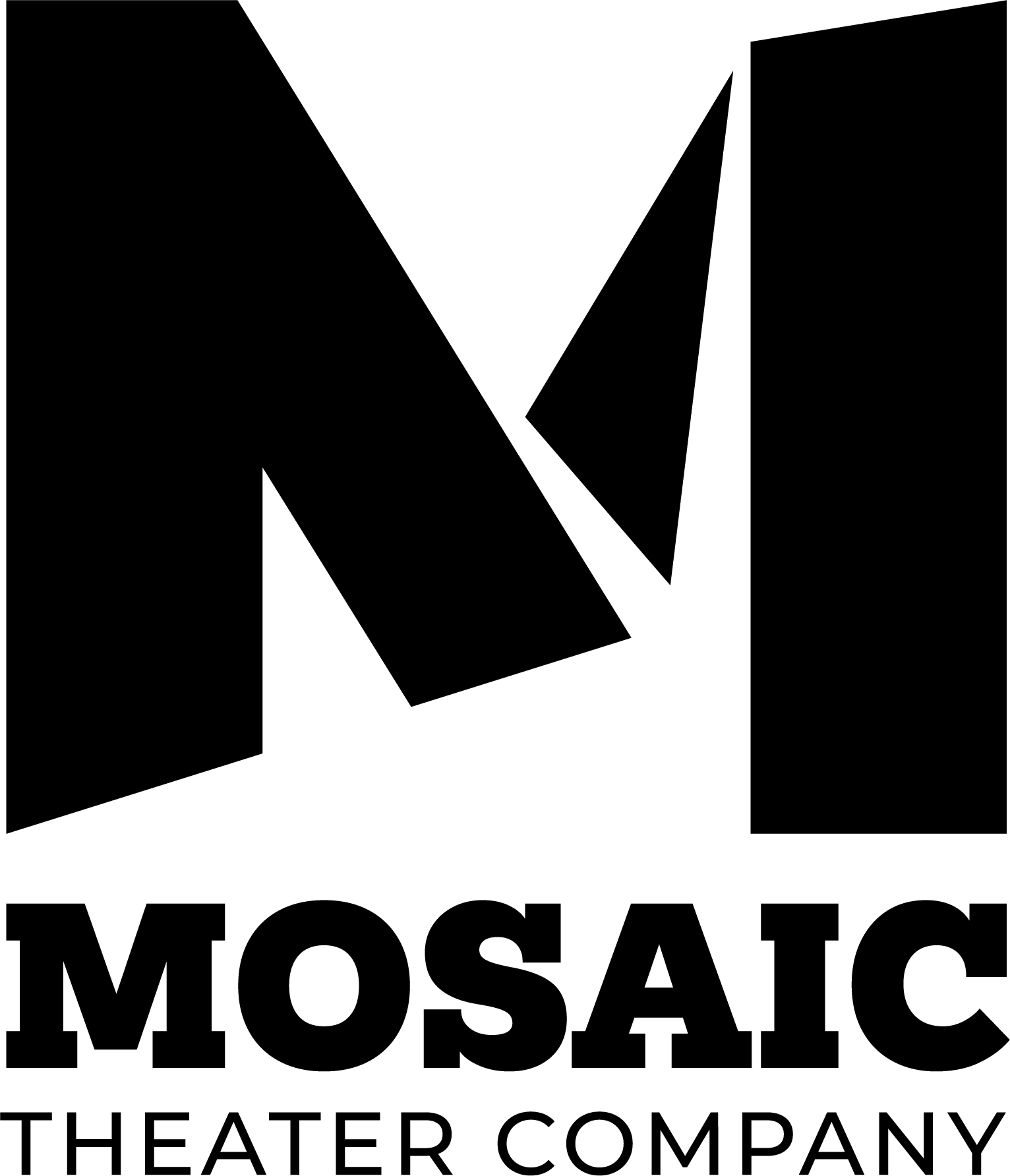Things To Know About Conflict Photography
Things To Know About Conflict Photography
When you think about conflict photography, you might think of images like Raising the Flag on Iwo Jima from World War II (on which the US Marine Corps War Memorial is based), Napalm Girl from the Vietnam War, or the 1989 Tank Man photo taken during Beijing’s Tiananmen Square incident. These are just a few of the most famous examples of conflict-related photographs; there is much more to the history, technology, and purposes behind this genre of journalistic art. Here are some things worth knowing about conflict photography.
What Is Conflict Photography?
Conflict photography is also known as war photography or war documentary photography. It is a form of photojournalism that captures some of the most telling and arresting images related to war and other violent conflicts. Although each picture tells an important story, conflict photography can be highly controversial because its content may be:
Shocking, gruesome, or otherwise disturbing in nature
Taken during extreme moments of human vulnerability, suffering, or even death, in which the photographer is documenting atrocity rather than providing immediate aid
Published without the consent of the photographed person or their family
Perceived as being insensitive, disrespectful, or potentially exploitative in other ways
Telling only one side of a story, influencing viewers to take a particular perspective on the conflict at hand, or even used as part of political propaganda
Because of the inherent nature of war photography and the ethical debates around its practice, people with conflict photography jobs must navigate considerable stress, danger, difficult decisions, and even trauma.
The History of Conflict Photography
The first examples of war photography emerged in 1847, when an unknown American photographer made daguerreotypes (the first widely successful photographs) of scenes from the Mexican-American war. The photographer’s images did not portray acts of violence or death directly, but they did demonstrate a stark departure from the previous tradition of highly stylized, sanitized, and romanticized depictions of war as rendered through commissioned battle paintings.
By the time the Crimean War broke out in 1853, it became clear that photography offered the power to document conflict accurately, and that this power was available to anyone willing to brave the front lines with a camera—not just talented painters. Realizing this, the British government was the first to hire photographers with the express purpose of strengthening its public support for an otherwise unpopular war. This failed resoundingly, as very few images survived the Crimean war.
The visual documentation of the American Civil War, however, proved far more successful in both scope and economic opportunity. By the arrival of this era, the American public had developed an appetite for photography in general, so it was more commercially available. For the first time, the images captured included content such as active combat, the aftermath of battles, and dead and wounded soldiers.
Yet it was the 20th century that gave rise to some of the most graphic and ethically complicated war photography to date, particularly once color images and portable video cameras became available. This century, too, saw some unpopular conflicts, notably the Korean and Vietnam wars. Rather than painting such clashes with a patriotic brush, photographers during this period highlighted themes like mud, gore, exhaustion, and cruelty, changing the way Americans viewed war and the visual testaments to it.
The 21st century will doubtless bring its own innovations and ethical dilemmas to conflict photojournalism, particularly in an era of inflamed political division, widespread misinformation, and deepfakes (AI-enhanced image-tampering). An illuminating way to gain more perspective on war photography is to watch a film, documentary, or live theater production about it. Just a few examples of these include the films War Photographer and McCullin as well as the play Unseen.
See UNSEEN at Mosaic Theater Company March 30-April 23, 2023
Mosaic Theater Company in Washington, DC produces bold, culturally diverse theater that illuminates critical issues, elevates fresh voices, and sparks connections among communities throughout our region and beyond amid the most important events of our times.
Dedicated to making theater an inclusive model of diversity at every stratum, on stage and off, Mosaic invests in the new as it keeps abreast of changing and challenging times. Mosaic does this to ensure that theater is a responsive gathering space, while nurturing and producing art of the highest order.
From March 30 through April 23, 2023, Mosaic will feature performances of Mona Mansour’s Unseen directed by Johanna Gruenhut. American conflict photographer Mia wakes up in her ex-girlfriend’s Istanbul apartment and doesn’t recall how she got there, although the contents of her camera might. A cross-cultural, time-shifting journey ensues as Mia pieces together the details of her past and wrestles with the costs of her profession.
For news, updates, and discounts, sign up for Mosaic’s newsletter.
To support Mosaic’s accessibility efforts and partner with us in cultivating exciting new work and creating productions that foster intercultural conversation, please consider making a donation.
